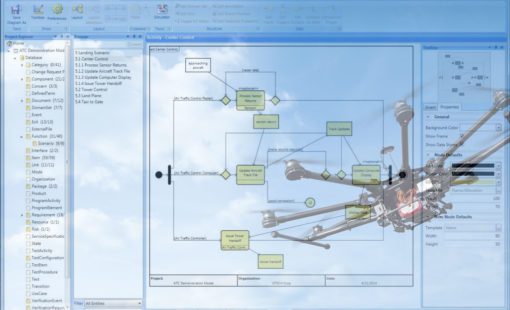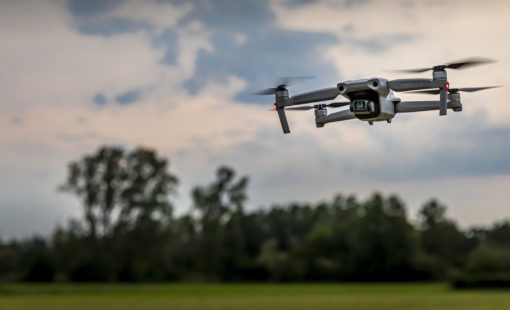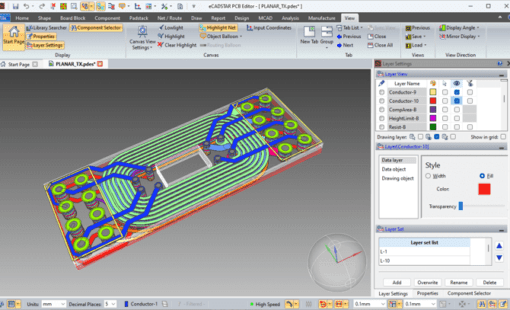Is Model-Based Product Development just another name for MBSE? Yes and No. INCOSE introduced the MBSE (Model-Based Systems Engineering) initiative in 2007. Over the last 15 years, MBSE has mainly seen adoption in the mil/aero sectors due to Department of Defense requirements for business. Today, SysML (Systems Modeling Language) is the de facto standard language for MBSE. Beyond the mil/aero sectors, MBSE-based product development in the commercial market has seen minimal adoption, given it has been around for 15 years. Why? Good question.
Acquiring the Tools for a Model-Based Approach
Let’s start with Zuken’s 2019 acquisition of Vitech Corporation, a systems engineering and MBSE tool company. Zuken acknowledged that product complexity would require a model-based approach to product definition. Thus, the acquisition. The current Visio and Excel approach was running out of gas. Zuken is in the detailed design business for electrical and electronic systems–product implementation. The processes in the detailed design phase are well-understood and, in many cases, have been commoditized. But, product complexity has made product definition and implementation much harder. So, using a model-based product development approach to product definition and implementation makes a lot of sense.
Coming to Terms with Reality
So why isn’t everyone using MBSE as the foundation for product definition and development? After the Vitech acquisition, Zuken started working on an MBSE design process for electrical and electronic design. After looking at MBSE from a detailed design perspective, several realities emerged:
- Companies that had adopted MBSE for product definition converted the models to documents for implementation. The model became disconnected from the implementation process. And converting the model to documents was costly. Once disconnected from the model, the resulting product implementation may differ from the original product model intent.
- Most companies lack systems engineering. Products are typically defined and designed by senior design engineers and system architects. Handing them an MBSE tool was like using a sledgehammer on a nail. The MBSE tool was difficult to use for product development. For instance, a product requirement in the model has 29 potential relationships. A typical product model would probably use only a fraction of the available relationships.
- Because of the challenges above and others, measuring the ROI of MBSE adoption became very hard. Product companies are looking for lower costs, faster time to market, and a feature-rich product. Without a clear ROI, adopting such a new, disruptive process became problematic. Please keep in mind we are not talking about the mil/aero industry; they have very different needs.
The Question at Hand
Back to the original question in this post: is model-based product development just another name for MBSE? You could answer “yes” by looking at the intent of MBSE and the simple fact that “model-based” is in the name. But the other half of the name is “systems engineering.” MBSE is an excellent tool for systems engineering. But as it stands today, broad-based product development is a challenge.
Zuken acknowledges and embraces that model-based product development is the way forward. Model-based design must connect with model-based implementation to realize the full benefits of a product model. Zuken released the first model-based wire harness design process in 2021 when we connected the GENESYS modeling tool with E3.series for wire harness design. This was a first-generation product, and we learned a lot.
Watch This Space
The next step is to turn that MBSE sledgehammer into a big product development hammer. Development priorities include simplifying the model schema for product development, providing traceability between implementation and the model, and, most importantly, exposing the model to the detailed design team. These steps achieve the holy grail of a connected model throughout the product lifecycle.
If you or your company are considering Digital Engineering or MBSE, consider a model-based product development approach, and keep a close eye on Zuken. We are the only EDA company that has a modeling tool in GENESYS and detailed design tools for electrical and electronic design.
Related Products & Resources

- White Paper
This eBook describes an MBSE based process for Electrical and Electronic design. The eBook begins with model content and structure with the purpose of implementation and the need for a “design envelope”.

- Webinar

- White Paper
This eBook describes an MBSE based process for Electrical and Electronic design. The eBook begins with model content and structure with the purpose of implementation and the need for a “design envelope”.

- Solutions
Many companies have recently embarked on the “digital transformation” journey to become more efficient and competitive. A recent IDC study showed that 90% of small and medium-size businesses are budgeting for the digital transformation and 73% have begun the process. According to the survey, the top goal for these companies making the digital transformation journey is to improve product development and design processes.




